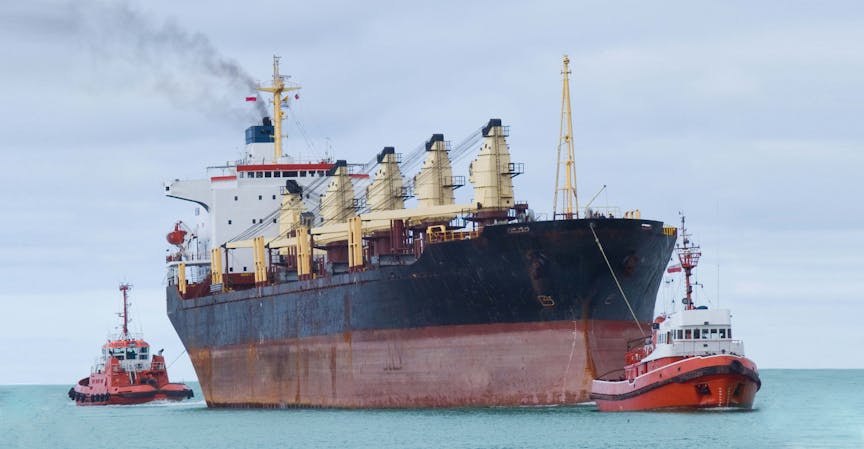The importance of a shared mental picture during tugboat-assisted mooring operations
Pilot, Master, and Crew need to have a shared mental picture of the mooring operation, in this case one with tugboat assistance. Asking questions is necessary to acquire the right information and to establish and maintain a shared mental picture during an operation. If one of the parties deviates from the plan, it is crucial to ask why this is happening and to make sure everyone knows how the amended plan and operation is to be carried out. Involving tugboats in mooring operation increase the complexity and challenge communication and coordination efforts, hence the maintained shared mental picture cannot be over emphasised.

Human speech is coded with our background and our knowledge preferences, which affect how we choose to explain and share information. People often think that the person they are talking to is experiencing the same thing as they are, and that the words spoken mean the same thing to them both, but how we perceive what the other person is saying depends in fact on our prior knowledge, our prejudices, and unconscious biases (yes, we all have them!).
To further complicate the matter, on board vessels there are external disturbances, e.g., radios, wind, other crew members speaking, etc., that affect how well the receiver comprehends the information communicated.
For creating and maintaining a shared mental picture prior to and during a mooring operation, we have listed some important tips below:
- The Master has the overall responsibility for the operation.
- The Pilot and the Master need to communicate about the plan (I.e. Master- pilot exchange). To avoid human biases and miscommunication, it is important to use “closed loop communication” and “challenge and response” frameworks.
- The Master must inform all crew members involved in the operations about the plan, how to respond to any deviations, and report observations using closed loop communication.
- Create psychological safety (trust) by being honest about your experiences, limitations, and expectations.
- Be clear in your communication and share necessary information.
- Language can be a barrier for understanding each other correctly, which is why you should always use a common language during operations.
- Human behaviour barriers can hinder communication. Some examples of such barriers are the fear of losing one’s dignity/ social approval, the fear of reprimands and the fear of losing the self-image of an all-knowing superhero.
- To decrease the risk of human behaviour barriers, the culture on board needs to be fair, psychologically safe and rewarding for speaking up.
- There are no stupid questions – it is dangerous not to ask.


